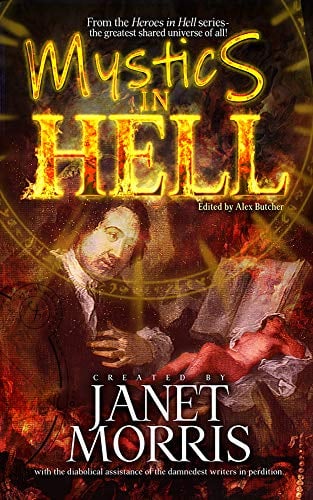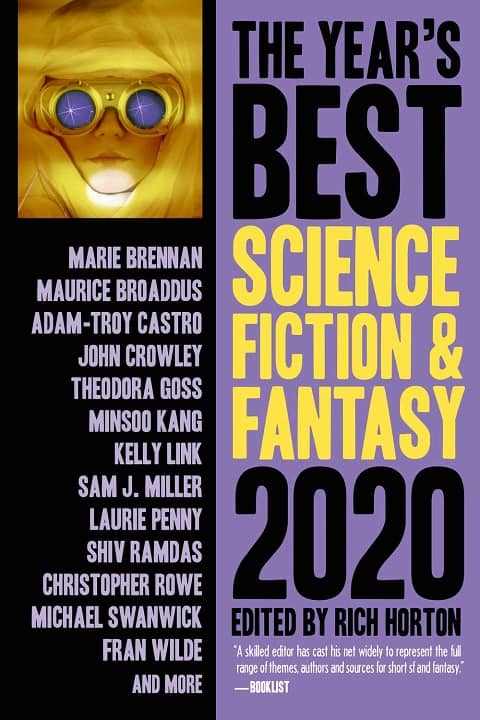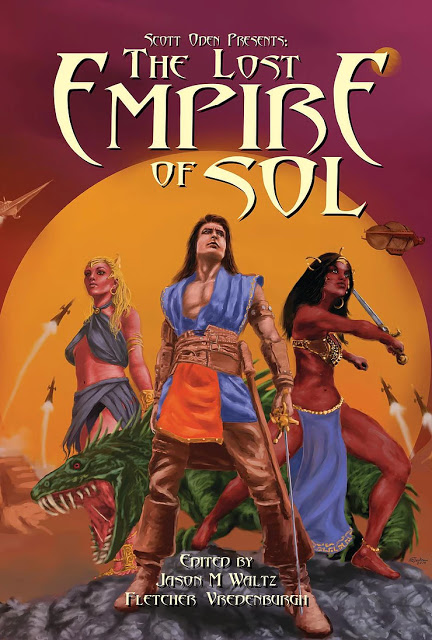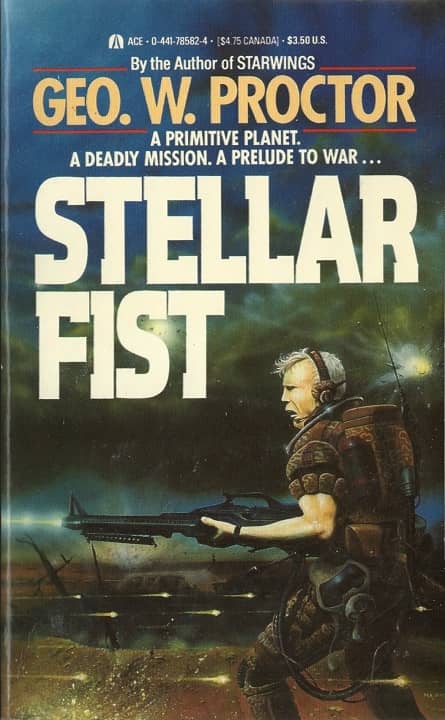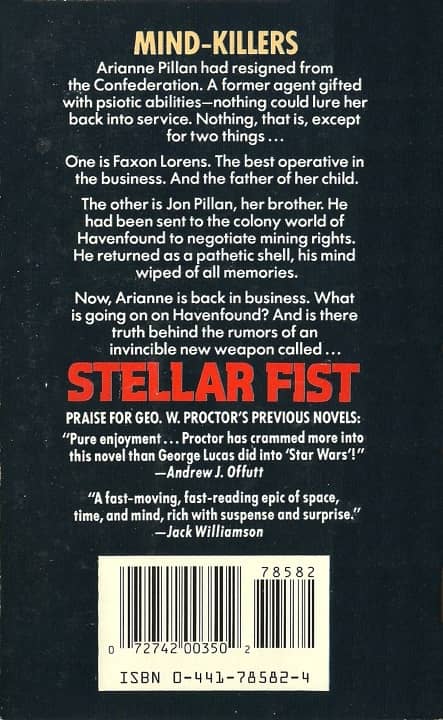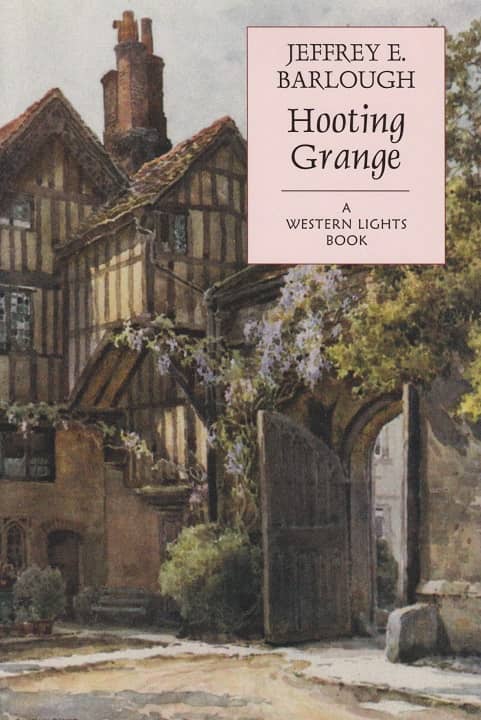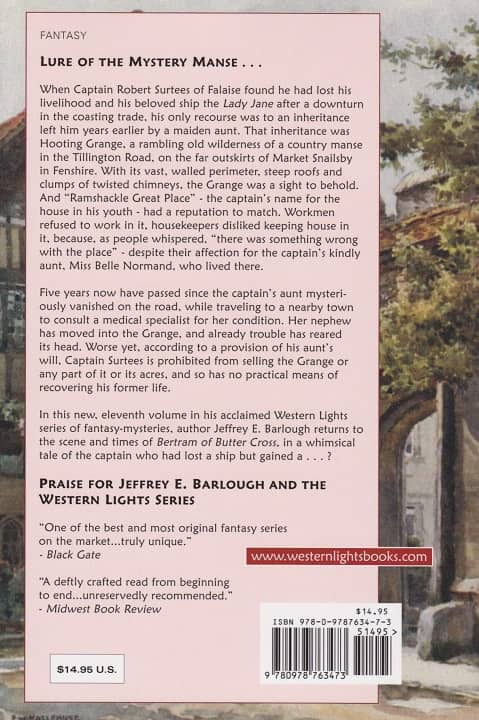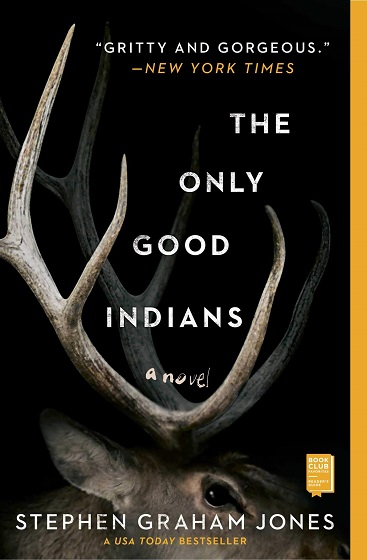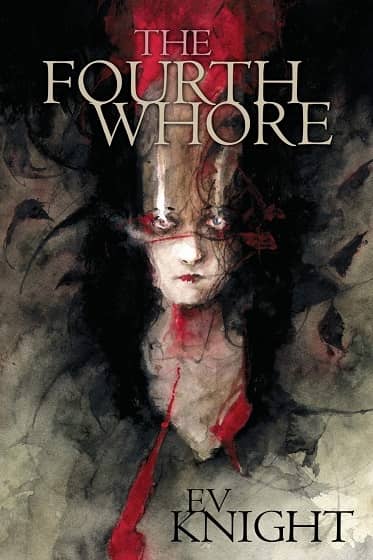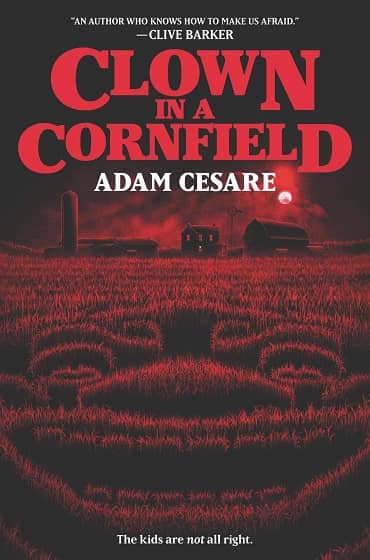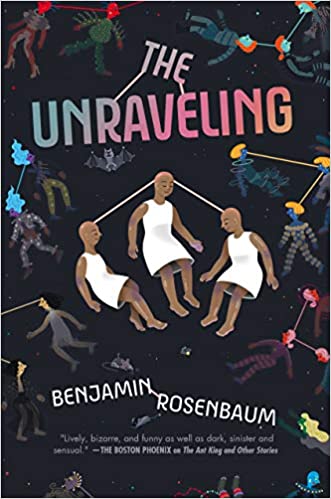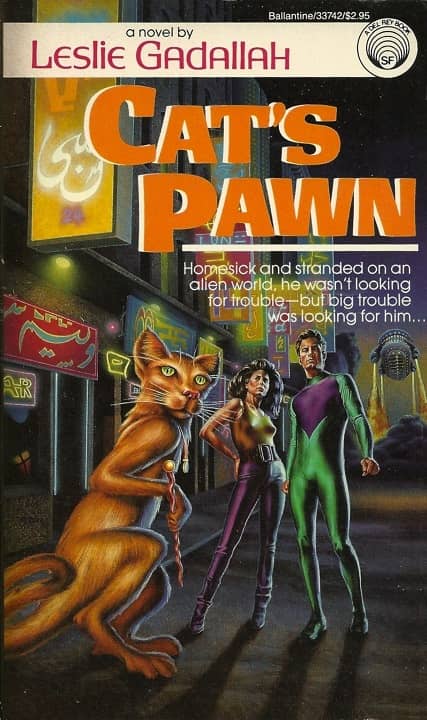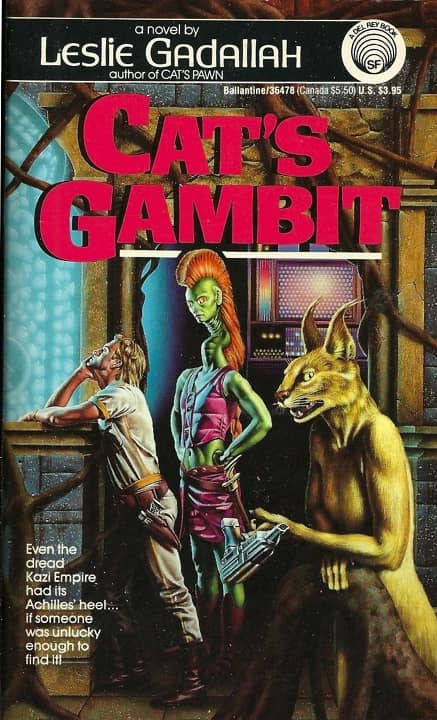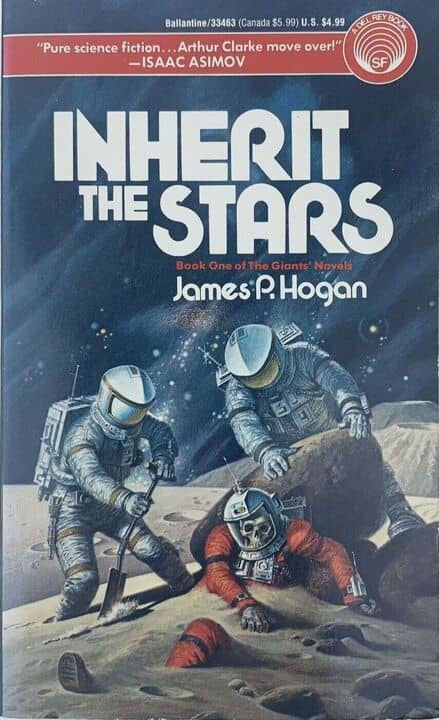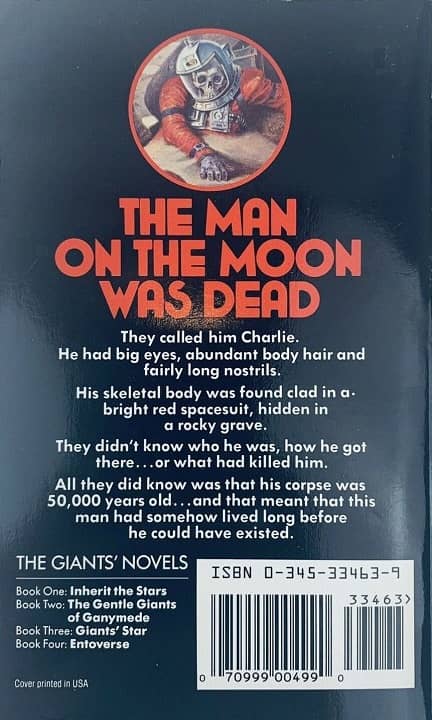Lord Kalvan of Otherwhen: Piper’s Connecticut Yankee Tale
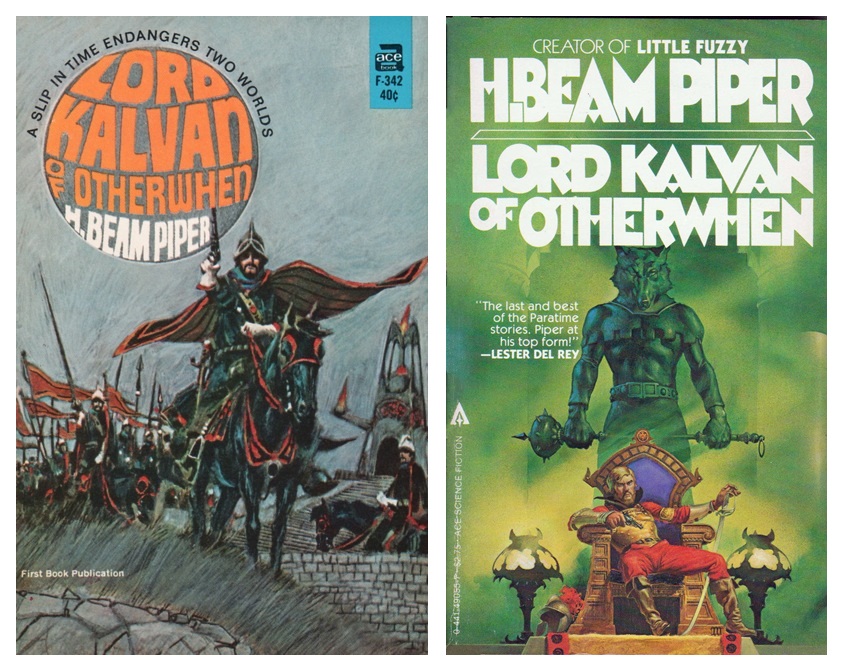
Lord Kalvan of Otherwhen (1984), Ace Science Fiction Books, cover art by Michael Whelan (right)
I think most people are familiar with Mark Twain’s A Connecticut Yankee in King Arthur’s Court (1889). (Certainly, there’s a delightful musical from 1948 featuring Bing Crosby that I loved as a kid.) Twain’s hero is an engineer from Connecticut who receives a blow to the head and is somehow transported in time and space to King Arthur’s England. Although the story is a social satire, it celebrates homespun ingenuity and democratic values, among other things. Although not a satire, Lord Kalvan of Otherwhen (1965) by H. Beam Piper, similarly celebrates good old American ingenuity and values, but takes place on an alternate 20th century timeline instead of the far past. It’s Piper’s last work and part of his Paratime universe.
In this article I’m going give you six (relatively) spoiler-free reasons to read the book, and one reason that has a spoiler, but that I think will only enhance your enjoyment of the work.
